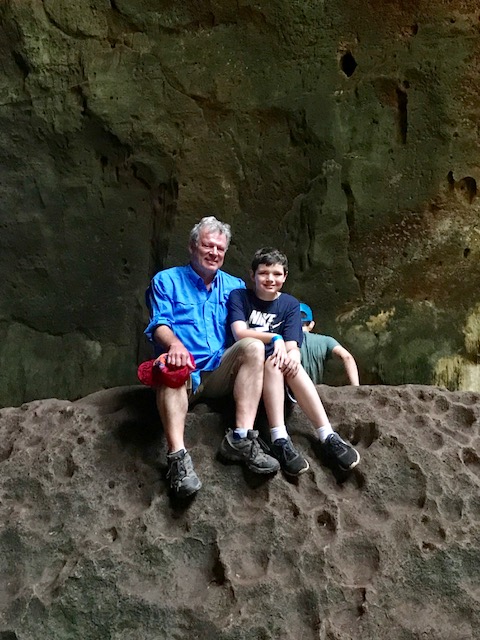
Just 10 days ago, I watched as a spectacular 1929 Duesenberg J/SJ convertible and a 1963 Ferrari 250/275P were crowned as the winners of the 2018 Amelia Island Concours d’Elegance.
One week later, I was climbing up the side of a 1,000-year-old Mayan pyramid in Yucatan, Mexico.
Earlier that day I had explored a cave in nearby Loltun, with a human and animal history that goes back 10,000 years. There were paint handprints on the walls that were 2,500 years old.
Even more impressive, there were huge sections of the limestone ceiling that had been jarred loose, perhaps when a meteorite struck the Yucatan Peninsula 60 million years ago – and led to the extinction of the dinosaurs.
The builders of the pyramids in Uxmal were long gone before the Spanish arrived in the mid 1500s. The abandonment of the entire city, for causes not completely understood, gave me pause. A bustling city simply ceased to exist, and the entire community moved away. Somehow their world had changed.
We car lovers have our own changes coming. The internal combustion vehicles we are so fond of are barely 125 years old. That’s a blink of an eye in geologic terms. But their time is coming to an end — just like the woolly mammoths ran out of time not so many centuries ago.
There are new forms of batteries coming that promise a 33% increase in capacity. At the same time, Britain has joined France, India and Norway in banning new diesel- and gasoline-engined cars by 2040 – just 22 years from now.
There’s no need to sell your vintage VW or Rolls-Royce tomorrow; there will surely be a place for our old cars in the future. But they will no longer be mainstream.
What brought me to Merida, Mexico for the week was my son Bradley’s “Capstone” ceremony. As a part of his 5th grade graduation from the Spanish Immersion Program at The International School in Portland, he and his classmates are spending two weeks living with a family here and going to a local public school.
Merida, population 900,000, is often considered to be the oldest continually occupied city in the Americas. It was “founded” by the Spaniards in 1542, and today it is the capital of the Yucatan province.
I came here after spending a few days in the quiet village of Fernandina Beach, on Amelia Island, FL.
The transition from the bucolic vacation town to bustling Merida was dramatic.
The streets of Merida are narrow, and the sidewalks even more narrow yet. Traffic travels at a breakneck speed, with numerous large buses brushing your back as they go by.
I thought about how much of that engine and noise pollution will vanish when electric cars are the norm. While we can lollygag about in our Teslas right now, the fundamental changes in our transportation will come first at the commercial level – where cost-savings can be more easily identified and realized.
This city, and most like it, will be far more livable when the buses and trucks are electric powered. And that future isn’t far off.
Seeing the abandoned Mayan ruins caused me to reflect on how quickly things can change. We’ve had a good run with our internal combustion engines, but their time is coming to an end.
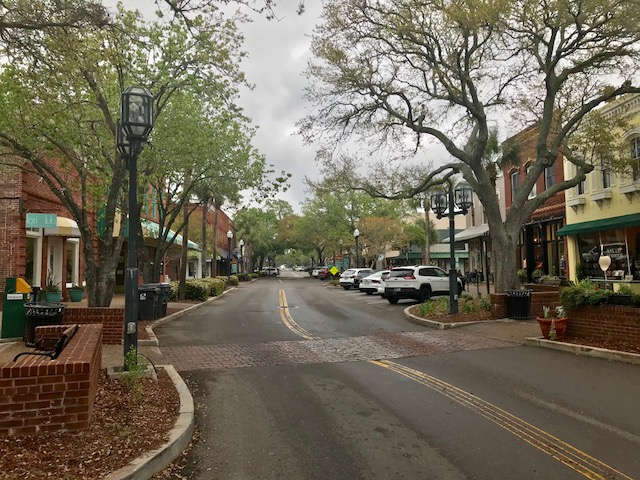
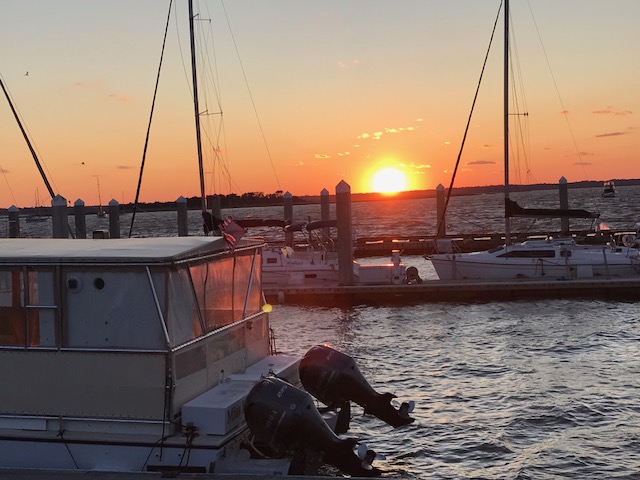
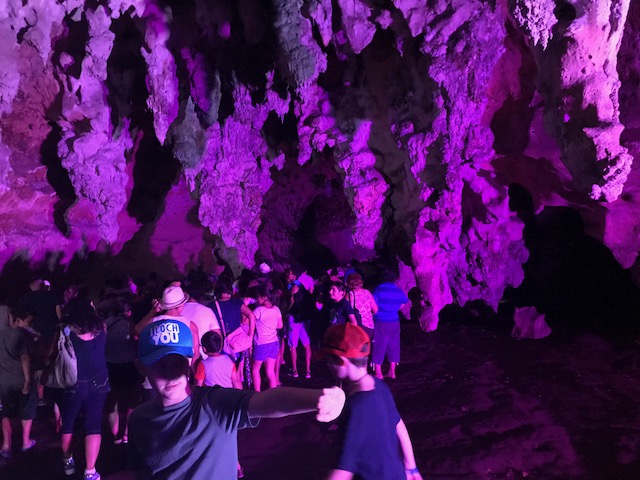
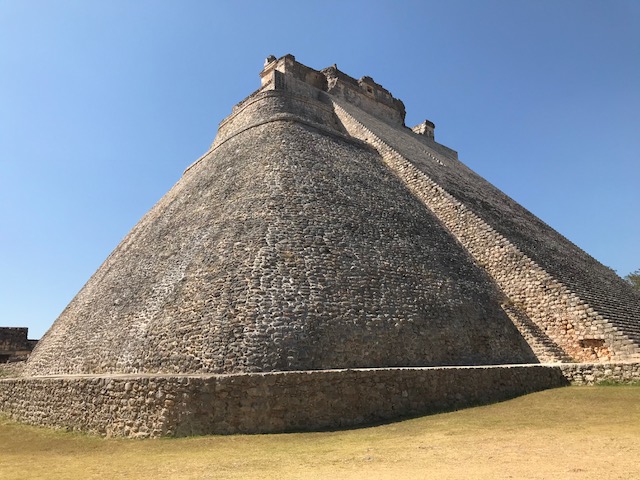
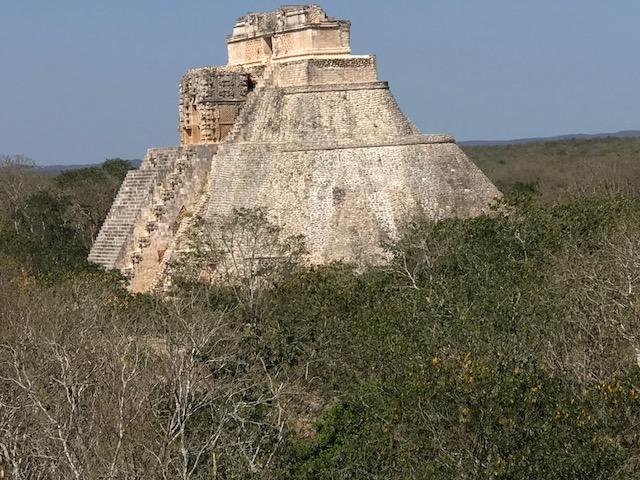
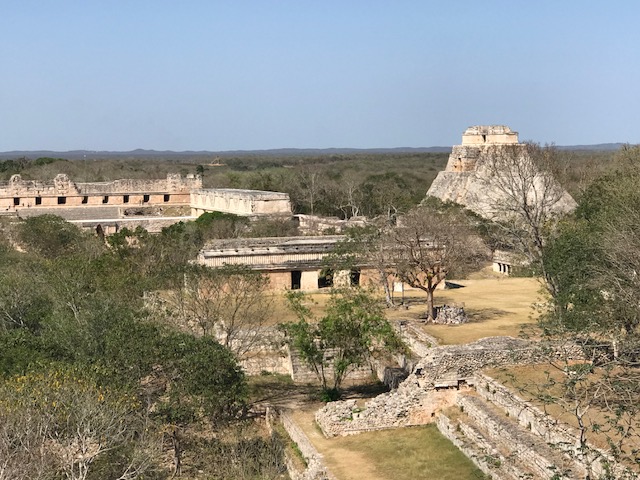
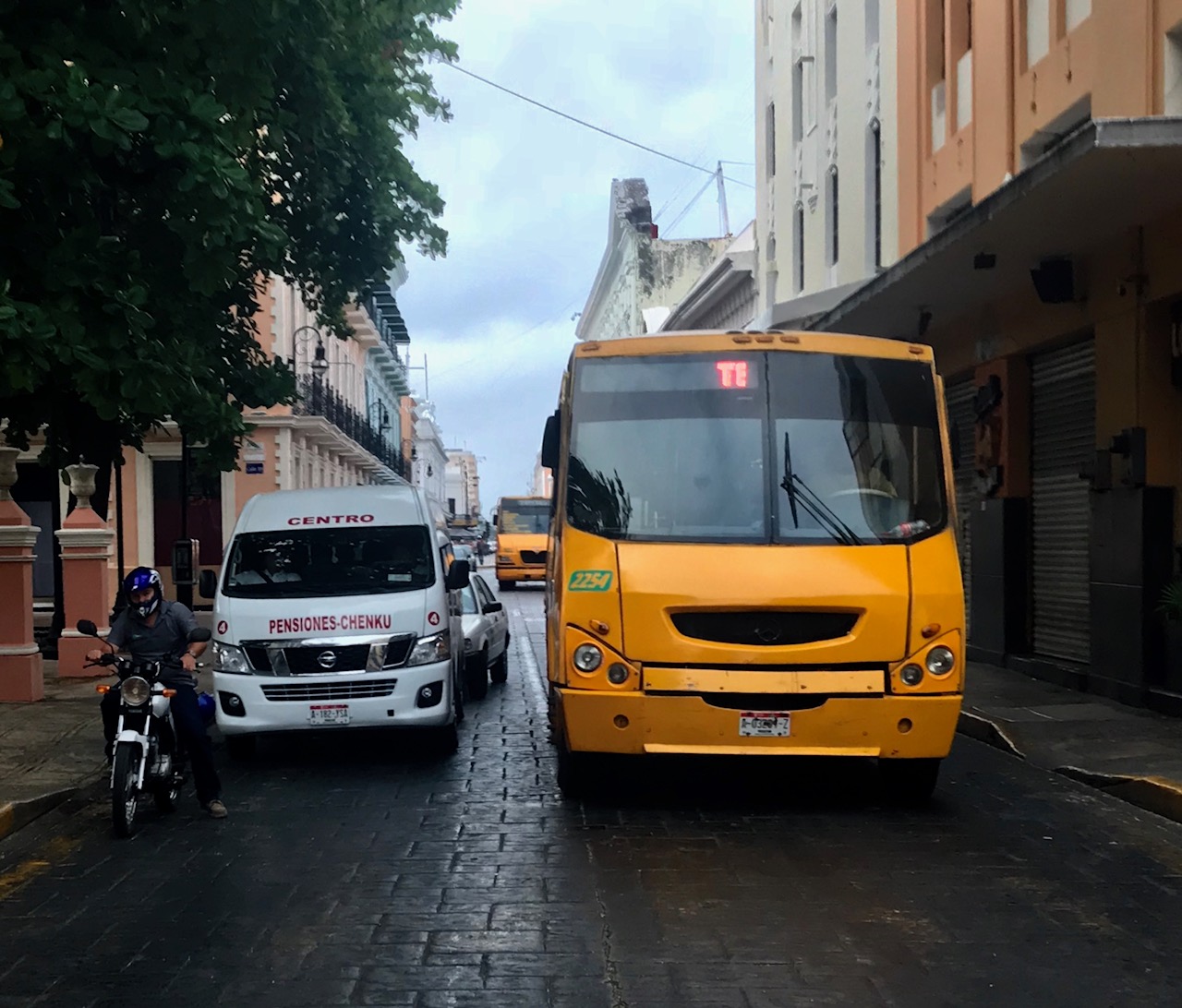
Very nice piece, and a realistic look at the rest of our — but not Bradley’s — lives.
Keith: No one ever talks about the fact that power has to be generated somewhere, somehow, to charge electric vehicles. Just drive through the Navajo Reservation in Arizona to see the huge smokestacks and coal conveyer belts to see how much of LA’s power is being generated, and how much pollution results.
Not to mention the issues of cost and pollution when these wonderful battery packs finally die. “There ain’t no such thing as a free lunch”–Robert A. Heinlein.
Excellent and timely! We are the lucky ones – lived the sweet spot of civilization’s auto history and probably earth’s history with our species.